Leopards, with their striking rosette-patterned coats and piercing eyes, have long fascinated wildlife enthusiasts. These magnificent creatures are often hailed as the most versatile of the big cats, but why? As we delve into the lives of these elusive animals, we uncover the many facets of their adaptability and prowess. From their hunting techniques to their habitats, leopards exhibit a remarkable ability to thrive in diverse environments. Join us as we explore the various attributes that set leopards apart from their feline cousins.
Adaptability to Diverse Habitats
Leopards are true global citizens, found in a wide range of environments, from the dense rainforests of Asia to the arid savannas of Africa. Their ability to adapt to such diverse habitats is a testament to their resilience. Unlike other big cats that may be restricted to specific regions, leopards have carved out niches in various ecosystems. This adaptability is largely due to their solitary nature, allowing them to hunt and live independently without competition from others. Their camouflaged coats also aid in blending seamlessly with their surroundings, whether it be the dappled sunlight of a forest or the golden grasses of the savanna.
Remarkable Climbing Skills
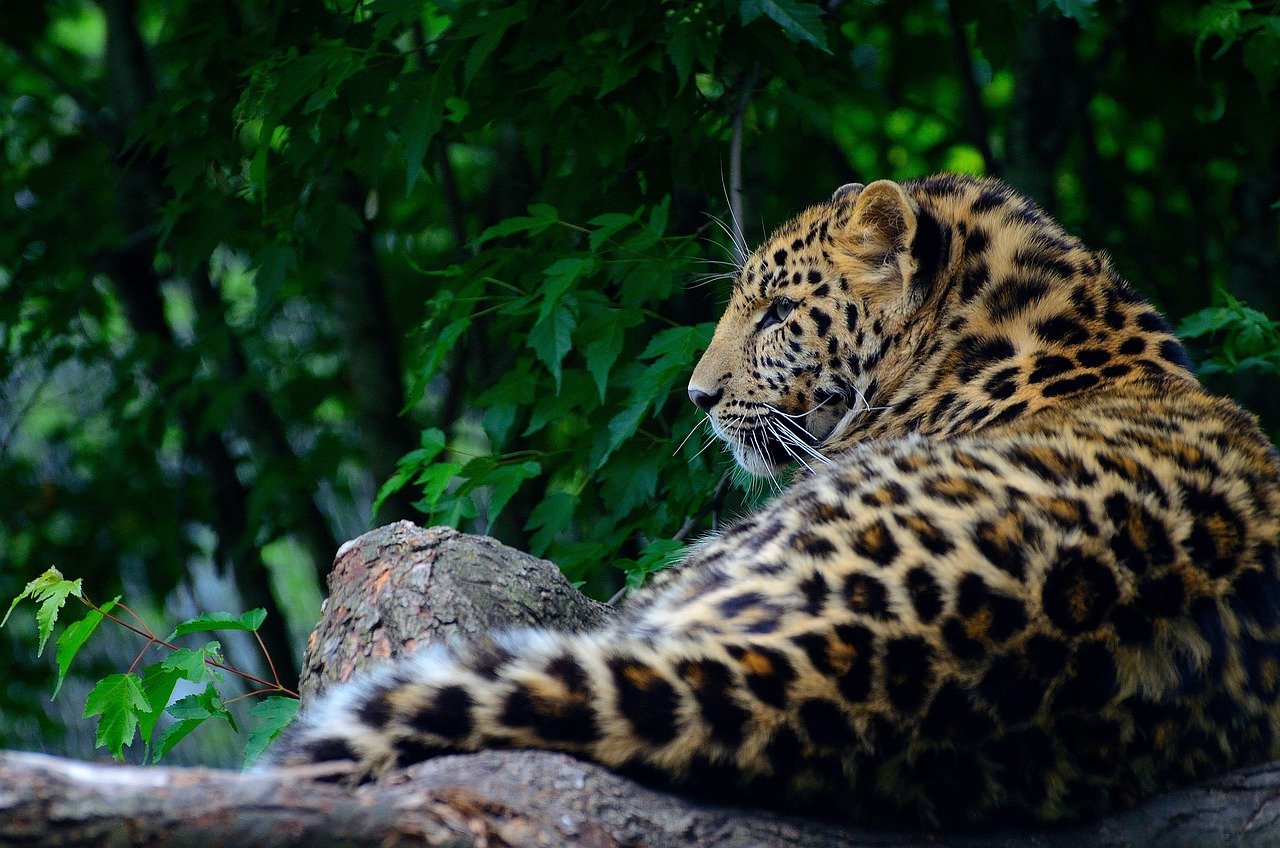
One of the most distinguishing features of leopards is their exceptional climbing ability. They are often seen lounging on tree branches, a behavior not commonly observed in other big cats. This skill offers them a strategic advantage, allowing them to avoid ground-based threats and store their prey safely away from scavengers. Leopards have powerful limbs and retractable claws that make scaling trees look effortless. Their agility in the trees is akin to that of a gymnast on a balance beam, showcasing their strength and grace. This arboreal prowess not only aids in hunting but also provides a vantage point to survey their territory.
Stealthy and Efficient Hunters
Leopards are masters of stealth, often approaching their prey with silent precision. Their hunting style is characterized by patience and cunning, as they stalk their target closely before launching a swift and lethal attack. Unlike lions who rely on teamwork, leopards hunt alone, which requires a high degree of skill and strategy. Their ability to adapt their diet based on available prey is another factor that contributes to their survival. From small rodents to larger ungulates, leopards are not picky eaters. This dietary flexibility ensures they can find food in a variety of environments, further enhancing their adaptability.
Nighttime Predators
Leopards are predominantly nocturnal creatures, preferring to hunt under the cover of darkness. This nighttime activity not only reduces competition with other predators but also increases their chances of a successful hunt. Their keen sense of sight and hearing makes them formidable hunters in low-light conditions. The darkness of the night acts as a cloak, allowing them to move undetected and get closer to their prey. This nocturnal lifestyle is akin to a night owl’s preferred hours, where silence and solitude reign. By embracing the night, leopards have carved out a niche that sets them apart from other big cats.
Solitary Yet Social Creatures
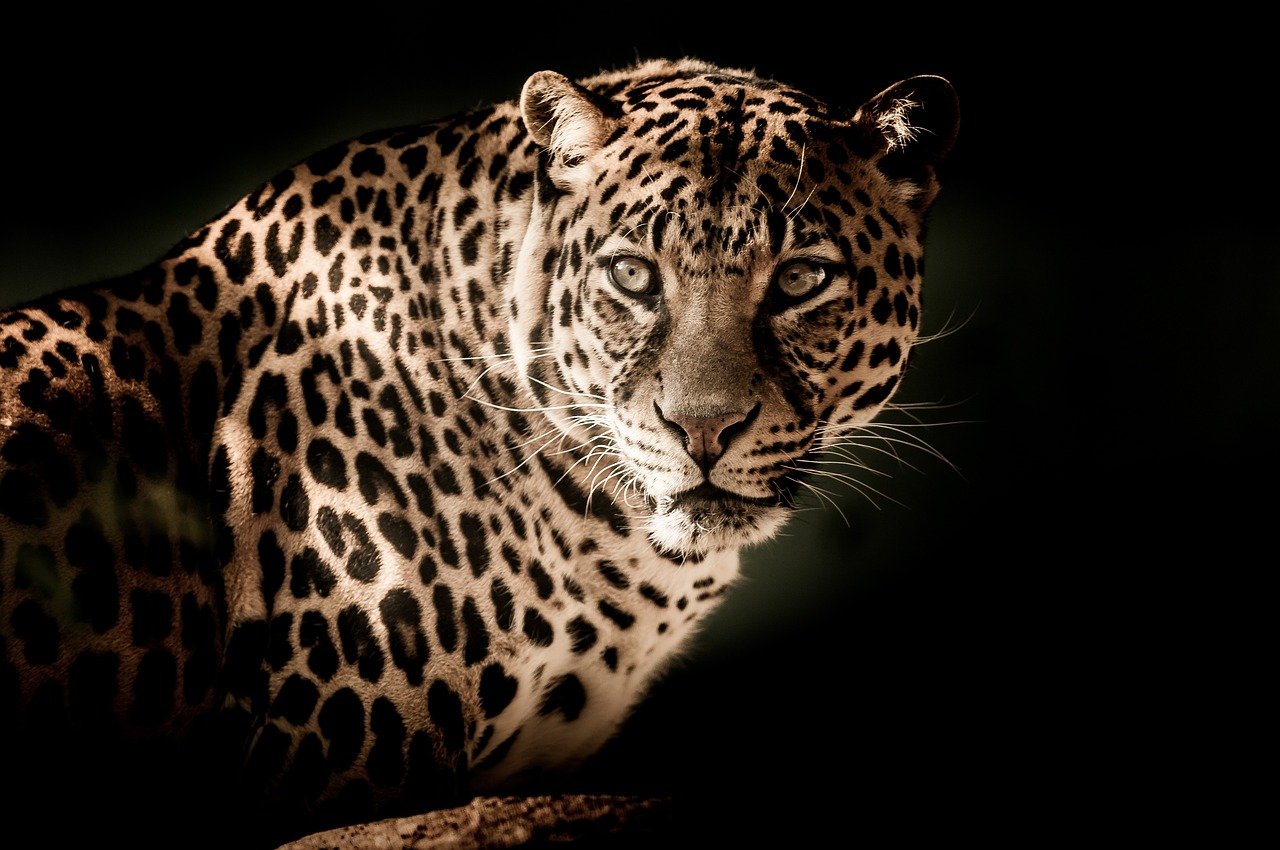
While leopards are known for their solitary nature, they are not entirely antisocial. They communicate with each other through vocalizations, scent markings, and visual signals. This communication is essential for territory establishment and mating purposes. Scent markings, in particular, serve as a form of long-distance communication, announcing a leopard’s presence to others. This solitary lifestyle is akin to a lone wanderer, who values independence but occasionally seeks companionship. The balance between solitude and social interaction illustrates the leopard’s unique adaptability in managing its relationships with other leopards.
Resourceful Survivors
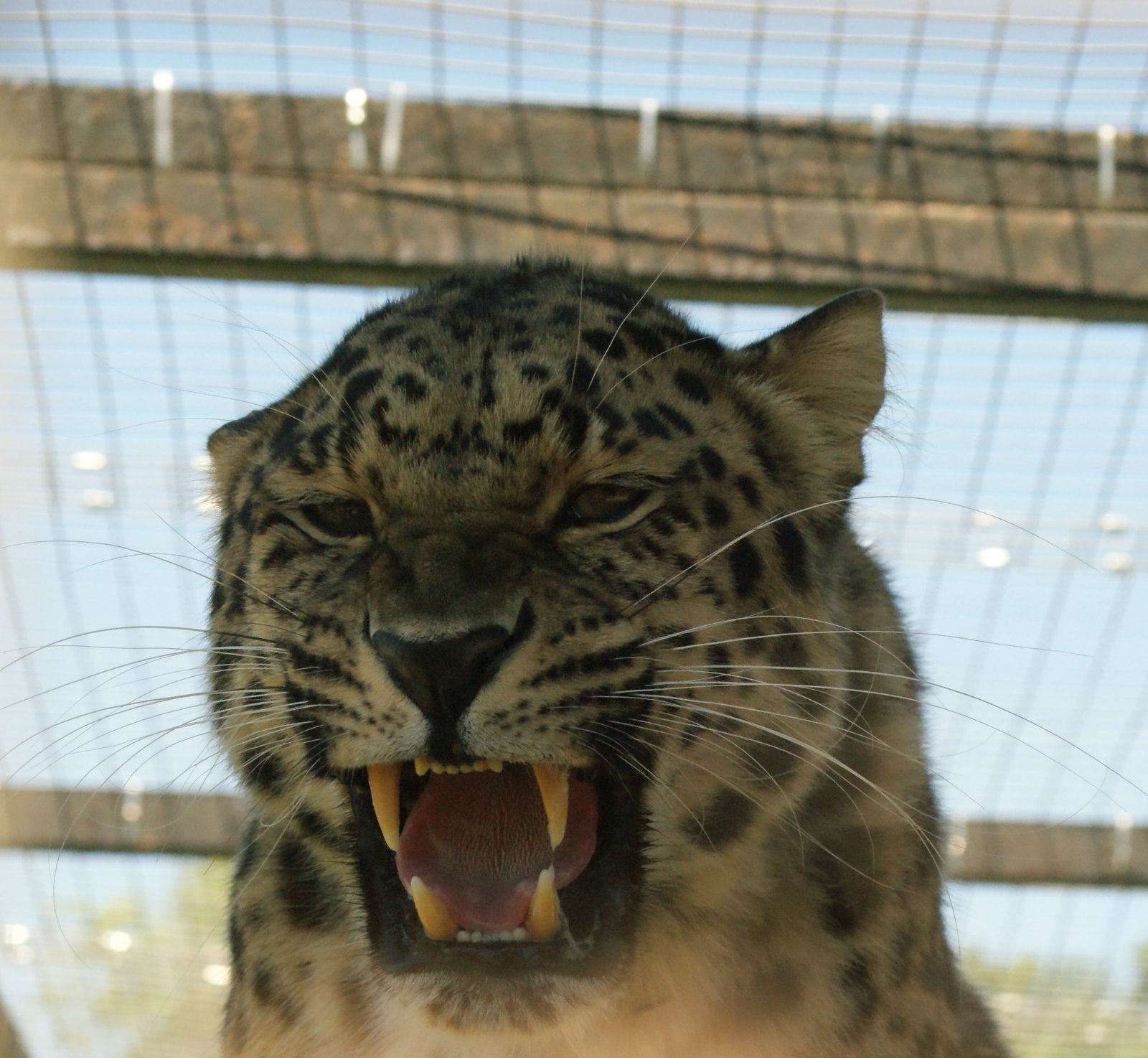
Leopards are incredibly resourceful, often making the most of their surroundings and available resources. In areas with scarce food supply, they have been known to scavenge or even prey on livestock, showcasing their ability to adapt to changing circumstances. This resourcefulness is akin to a survivalist, always prepared to make do with what is available. Their opportunistic nature ensures they can thrive even in less-than-ideal conditions. This ability to adjust their behavior and diet based on environmental changes is a key factor in their success as a species.
Varied Coat Patterns
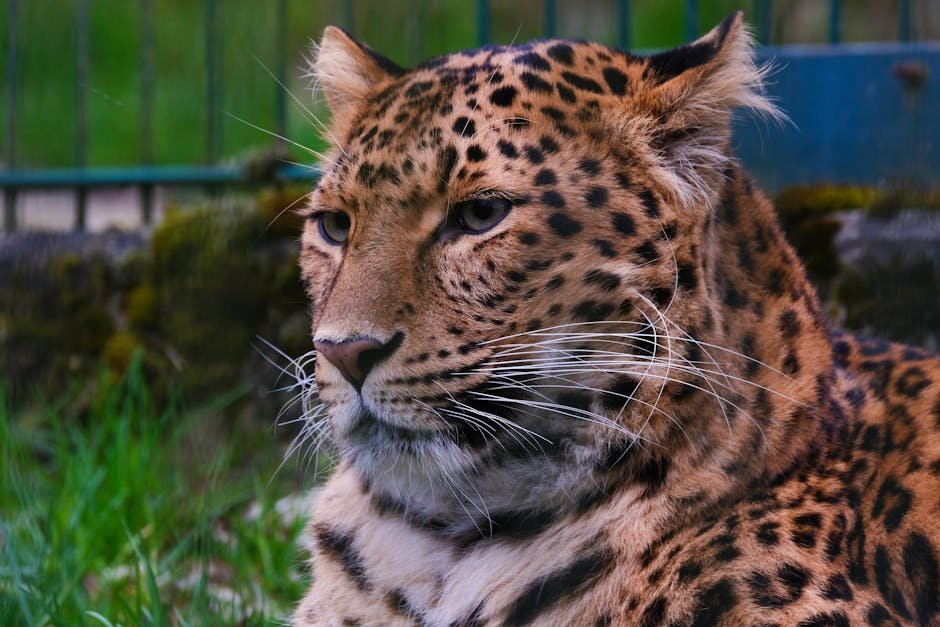
The leopard’s coat is not only beautiful but also functional, providing excellent camouflage in various environments. While most people are familiar with the classic rosette pattern, leopards exhibit a range of coat variations depending on their habitat. For instance, leopards in dense forests tend to have darker coats, while those in open savannas may be lighter. This variation in coat patterns is akin to a chameleon’s ability to change colors, allowing leopards to remain hidden from both prey and predators. Their ever-changing appearance is a testament to their adaptability and versatility in different environments.
Strong Swimmers
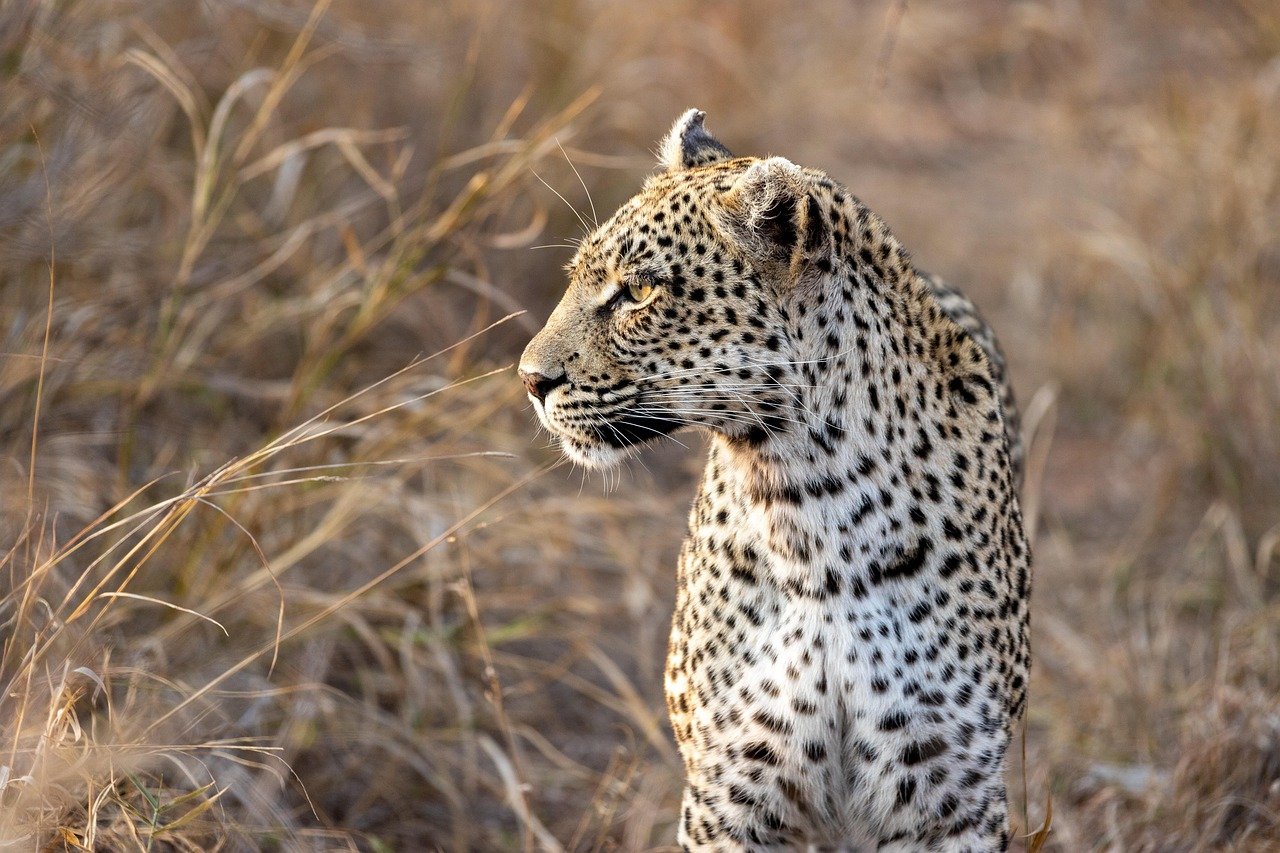
Unlike many other big cats, leopards are not averse to water and are actually quite adept swimmers. This skill allows them to hunt in and around water bodies, giving them access to a wider range of prey. Their swimming ability is akin to that of a water-loving retriever, unafraid to dive into the water when necessary. This versatility in hunting techniques ensures that leopards can survive in areas where water is a dominant feature. Whether crossing rivers or catching fish, their aquatic prowess adds another layer to their adaptability.
Broad Geographical Distribution
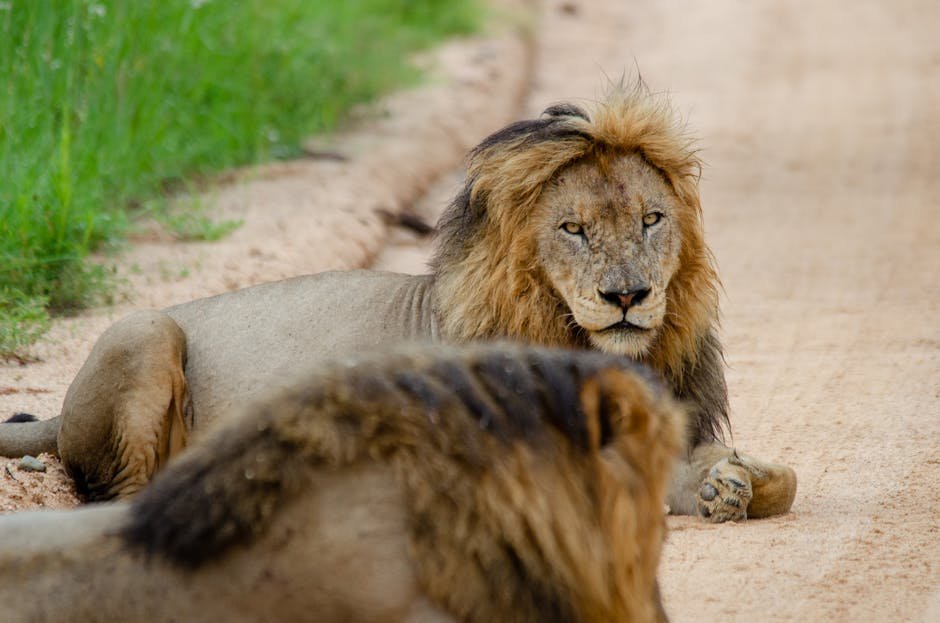
Leopards boast one of the widest geographical distributions among big cats, found in regions across Africa, the Middle East, and Asia. This extensive range is indicative of their adaptability to various climates and terrains. Their presence in such diverse areas is akin to a well-traveled explorer, familiar with different landscapes and cultures. This widespread distribution ensures the survival of the species, as it reduces the risk of extinction due to localized threats. Leopards have successfully established populations in a variety of environments, showcasing their ability to thrive in different conditions.
Impressive Speed and Agility
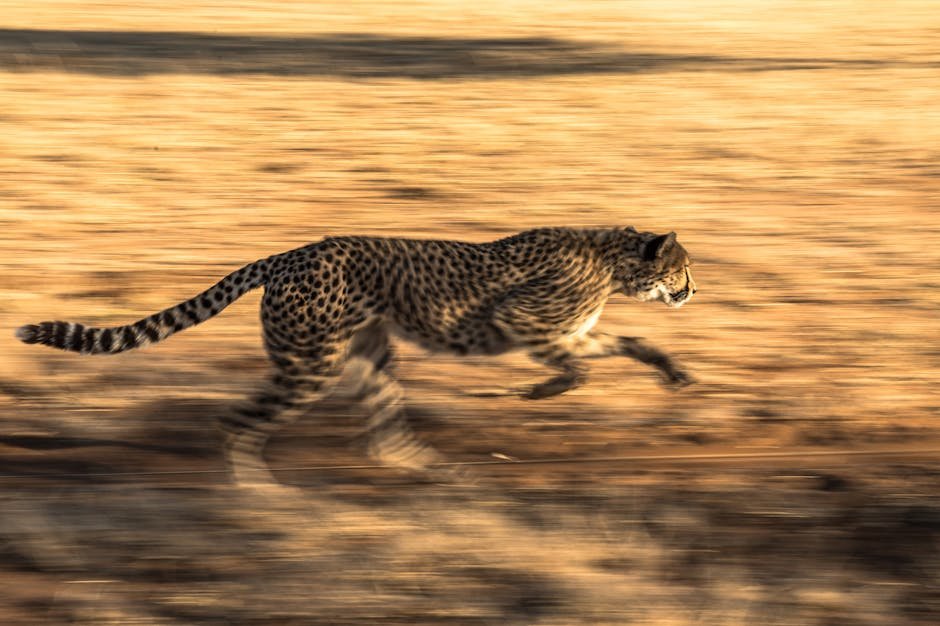
Leopards are built for speed and agility, capable of reaching speeds up to 58 kilometers per hour (about 36 miles per hour). Their muscular build and flexible spine allow for quick acceleration and nimble movements. This speed and agility are akin to that of a sprinter, able to burst into action at a moment’s notice. Their ability to maneuver through dense vegetation and rugged terrain with ease is a testament to their physical prowess. This combination of speed and agility is crucial for both hunting and evading potential threats.
Resilient and Adaptive Behavior
Leopards exhibit remarkable resilience in the face of adversity, often adapting their behavior and strategies to overcome challenges. Whether it be human encroachment or environmental changes, these big cats have shown an impressive ability to adjust. This resilience is akin to that of a seasoned chess player, always thinking several moves ahead. Their adaptability ensures they can coexist with humans, often living in close proximity to villages and towns without detection. This ability to thrive in a rapidly changing world highlights the leopard’s versatility and tenacity.
Cultural and Symbolic Significance
Leopards hold a significant place in various cultures and mythologies around the world. They are often seen as symbols of strength, power, and cunning. In some African cultures, leopards are revered as sacred animals, embodying the spirit of the wild. This cultural significance is akin to a revered hero, admired for their bravery and prowess. Their presence in folklore and art speaks to their impact on human imagination and the admiration they inspire. Leopards continue to capture the hearts and minds of people across the globe, leaving an indelible mark on cultural history.
Conservation Challenges
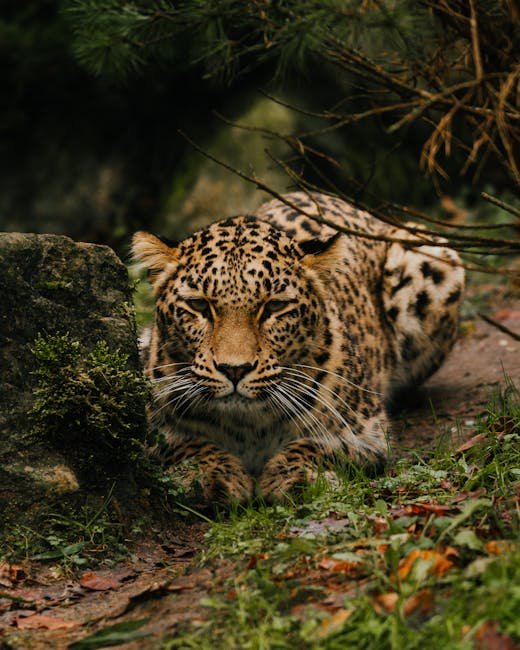
Despite their adaptability, leopards face numerous challenges in the wild, primarily due to habitat loss and human-wildlife conflict. Conservation efforts are crucial to ensure the survival of these magnificent creatures. This challenge is akin to a delicate balancing act, where the needs of humans and wildlife must be carefully managed. Efforts to protect leopard habitats and promote coexistence with local communities are essential for their continued existence. By addressing these challenges, we can help secure a future for leopards and preserve their role as versatile and resilient big cats.
Elusive Nature
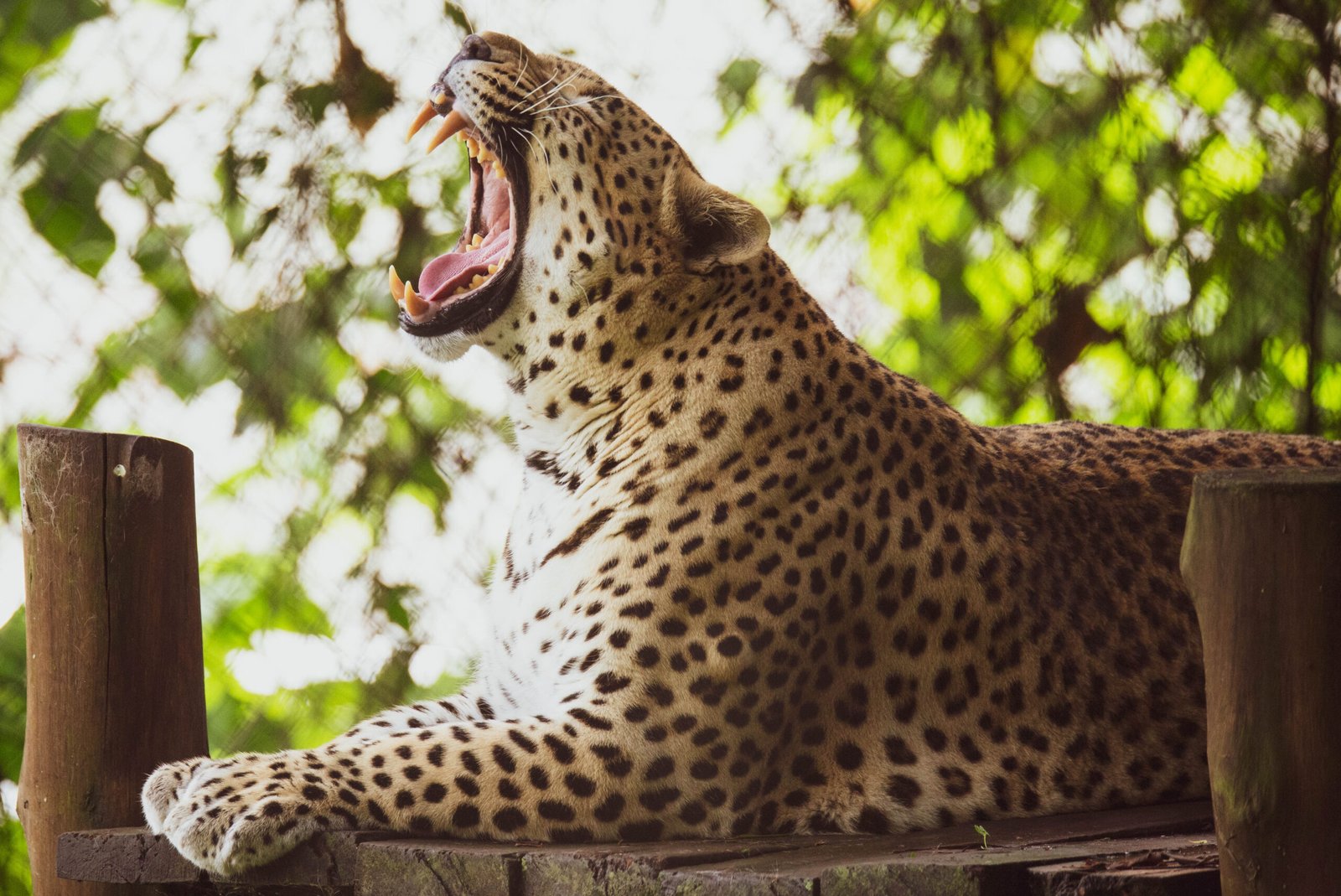
Leopards are notoriously elusive, often going undetected even in areas where they are known to exist. This ability to remain hidden is a testament to their stealth and cunning. Their elusive nature is akin to that of a ghost, present yet unseen. This trait makes them one of the most challenging big cats to study and observe in the wild. Their ability to avoid detection ensures their survival, as it reduces the likelihood of conflict with humans and other predators. The mystery surrounding their elusive nature only adds to the allure and intrigue of these remarkable animals.
Complex Social Structures
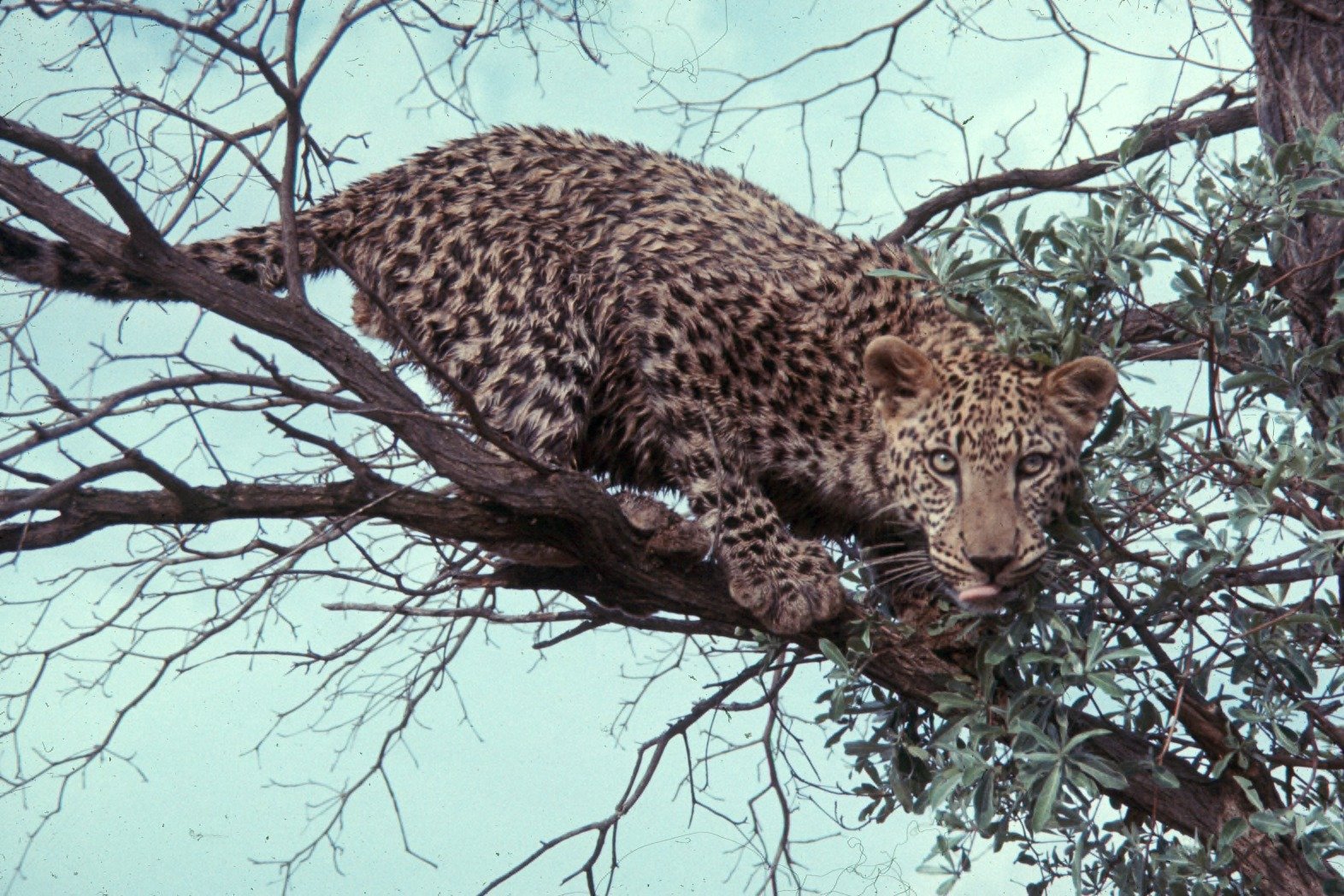
While leopards are solitary animals, they exhibit complex social structures that are essential for their survival. These structures are maintained through scent markings, vocalizations, and visual signals. This complexity is akin to a finely tuned orchestra, where each element plays a crucial role in maintaining harmony. The social dynamics of leopards are fascinating, as they navigate relationships with neighboring leopards and potential mates. Understanding these social structures provides valuable insights into their behavior and adaptability in the wild.
Role in Ecosystem Balance

Leopards play a vital role in maintaining the balance of ecosystems they inhabit. As apex predators, they help regulate prey populations, ensuring the health and stability of their environment. This role is akin to that of a caretaker, overseeing the delicate balance of life within their territory. Their presence is crucial for the functioning of ecosystems, as they help control herbivore populations and promote biodiversity. The loss of leopards from an ecosystem can have far-reaching consequences, highlighting the importance of their conservation.
Unique Communication Methods
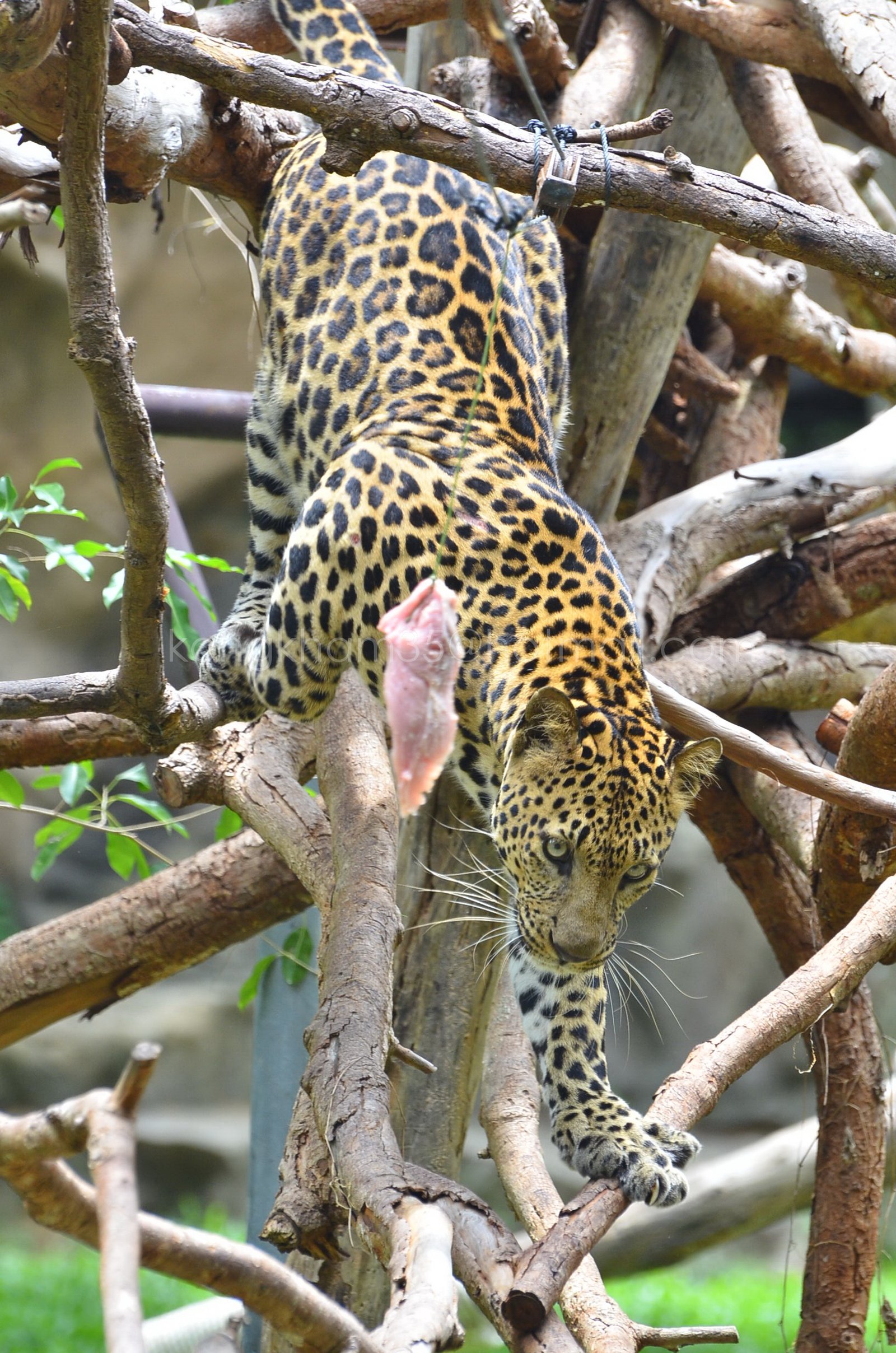
Leopards communicate using a variety of methods, including vocalizations, scent markings, and visual cues. These communication techniques are essential for territory establishment and mating. Their vocalizations, such as growls and roars, serve as warnings to other leopards, while scent markings provide information about their presence and reproductive status. This communication is akin to a secret language, understood only by those in the know. Understanding these unique communication methods provides valuable insights into the social dynamics and behavior of leopards.
Intelligence and Problem-Solving Skills

Leopards are known for their intelligence and problem-solving abilities, often devising clever strategies to overcome challenges. This intelligence is akin to that of a skilled tactician, always thinking ahead and adapting to new situations. Their ability to solve problems and adapt their behavior is crucial for their survival in the wild. Whether it be finding food, avoiding threats, or navigating complex environments, leopards demonstrate remarkable cognitive abilities. These skills ensure their continued success as one of the most adaptable and versatile big cats.
Impact on Human Imagination

Leopards have long captured the human imagination, inspiring awe and admiration across cultures and generations. Their striking appearance and mysterious nature have made them a favorite subject of art, literature, and folklore. This impact is akin to that of a legendary figure, whose stories and exploits are told and retold through the ages. Their presence in human culture speaks to the deep connection and fascination we have with these magnificent creatures. The leopard’s enduring legacy continues to inspire and captivate people around the world.
In conclusion, leopards are truly remarkable creatures, embodying versatility and adaptability in every aspect of their existence. From their diverse habitats to their hunting techniques, these big cats have proven themselves as masters of survival. Their presence in various ecosystems and cultures highlights their significance and impact on the natural world. As we continue to learn about these elusive animals, we gain a deeper appreciation for the complexity and beauty of the natural world they inhabit.
Hi, I’m Bola, a passionate writer and creative strategist with a knack for crafting compelling content that educates, inspires, and connects. Over the years, I’ve honed my skills across various writing fields, including content creation, copywriting, online course development, and video scriptwriting.
When I’m not at my desk, you’ll find me exploring new ideas, reading books, or brainstorming creative ways to solve challenges. I believe that words have the power to transform, and I’m here to help you leverage that power for success.
Thanks for stopping by, Keep coming to this website to checkout new articles form me. You’d always love it!






